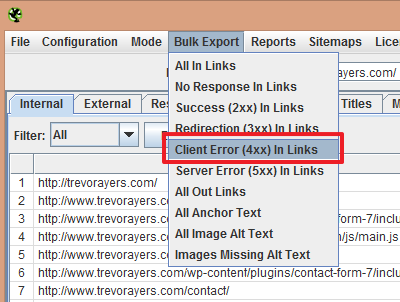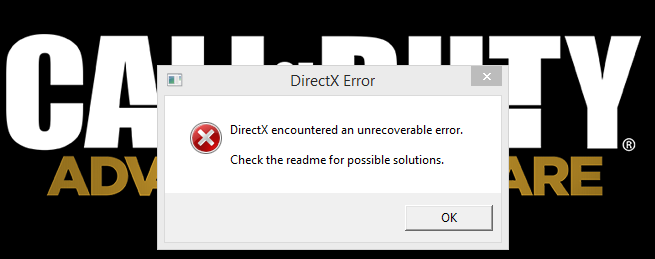Admittedly, this post isn’t comprehensive of all aspects of on-page optimization, but I will expound on the SEO basics for you to execute a successful Internet marketing campaign. In Practicing brevity with this post I hope to arm my readers with the basic, foundational elements that will help search engines crawl your site and prove relevancy for your target keywords.
Improving your on-page optimization can improve your rankings in search engines and lead to an influx in qualified visits for your site.

People NOT Bots Will Define Your Success
To this day I am still seeing people volunteering advice to drive an on-page optimization strategy geared toward pleasing GoogleBot and BingBot. Understanding your site’s crawl patterns and accessibility is extremely important, but letting the user experience suffer to include a certain amount of keywords or to get your exact-match keyword in your header tags will not give you sustainable results if any at all. People can drive increased bot activity; increased bot activity doesn’t ensure you more visitors and certainly not an increase in site conversions.
An analogy that can help detail this phenomenon is a bar owner who builds a bar to target guys. There may be an initial “ooh” factor that gets the guys in the door, but success will be defined by creating buzz and return visitors. Bar owners know that a bar without women is inevitably going to flounder. It’s not any mystery that bars target women as the men are sure to follow.
Write content your visitors will want to see and they will be more likely to return and help drive your link earning strategy through shares and mentions. This approach will improve your site indexation rate without you ever having to head any of the advice below.
Assist the Crawlers:
We’re not targeting our content to bots, but we must be mindful of their importance. Help bots index your site with the below SEO best practices and you’re sure to help your site taxonomy and experience for your visitors as well.
- Declare your doctype
- Keep your code clean (check W3C validator for errors)
- Use appropriate meta tags
- Include sitemap.xml file or sitemap index file for larger sites
- Include robots.txt with appropriate exclusions (reference sitemap.xml from this file)
- Include link title attributes
- Include img. alt attributes
- Use absolute URLs
- Optimize site-load speed
- Don’t use Flash
- Don’t use HTML frames
Don’t Over-Think it:
SEO can be very complex, I get that, but often times it is the fundamental basics that have been the foundation of SEO since before backlinks ever presented value that get overlooked and potentially cause harm. This list below contains the only elements you truly need to pay attention to in order to prove relevancy for your target keywords:
- Be very specific in your page’s focus. No single page can be about multiple topics and still be cohesive and concise. You certainly won’t rank for multiple categories unless you have an incredible backlink profile, but how would you obtain this naturally without focused content? Think categories, if you have a “video game” page have more micro-focused pages on genres and specific titles for relevancy.
- Describe this page through your internal linking structure. You should only have one page with any given focus on your site and you should be consistent and routine with linking to this page with relevant anchors.
- Don’t send relevancy away. Do not have another page on your site with the same focus and do not link away from your target page with your target keyword for that page.
- Nail down the basics. This information is well documented and I won’t beat that dead horse, but do run your site through a basic SEO checklist. I typically optimize my URL (file name), title, header (for placement not the HTML tag), img. alt attribute and first 200 words of my body copy.
This list isn’t comprehensive, but I do believe that it is a starting point for getting your site to the top of the SERPs.












